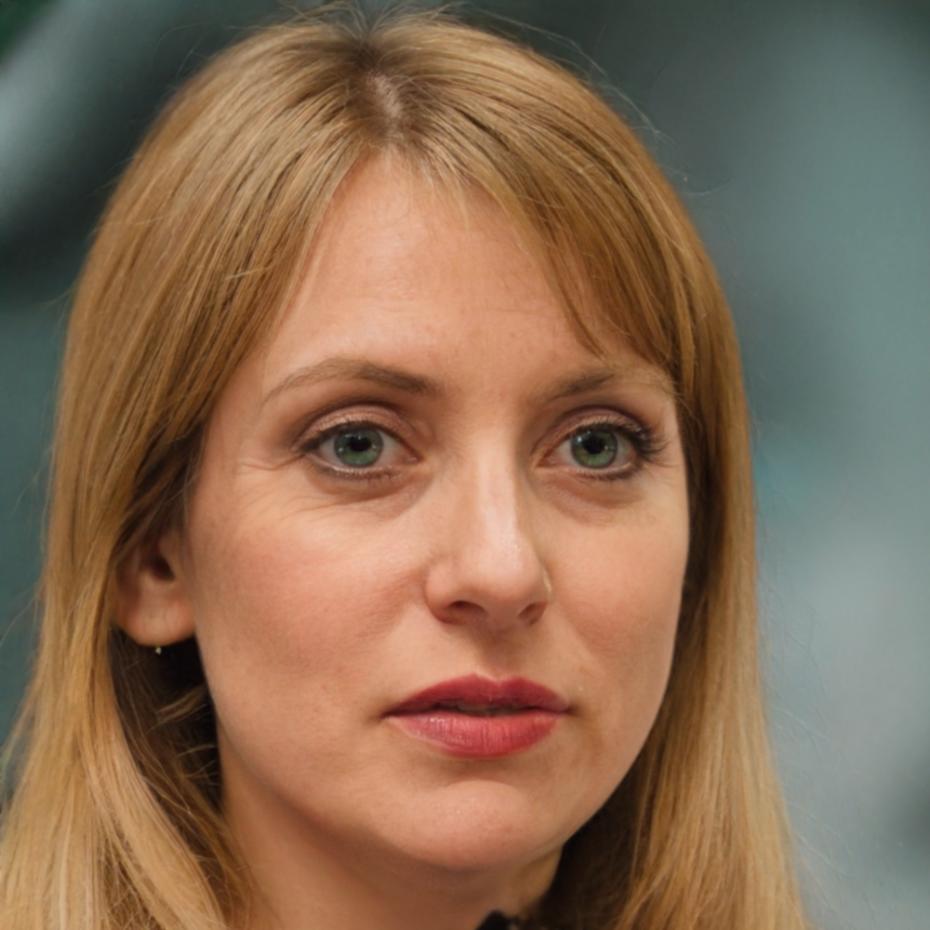Master Remote Learning for Investment Success
Transform your home into a productive learning environment where small capital investing becomes second nature through proven remote study techniques
Explore All Learning ResourcesCreate Your Investment Learning Space
Your physical environment shapes how well you absorb complex financial concepts. After working with hundreds of small capital investors since 2020, I've noticed that students who nail their study setup consistently outperform those who don't.
- Dedicate a specific corner or desk exclusively for investment learning—your brain will start associating this space with focus
- Keep a notebook nearby for jotting down questions about portfolio theories or market patterns you want to revisit
- Use natural lighting when possible, but have a quality desk lamp for evening sessions when markets close
- Remove distractions like social media notifications—investment concepts require your full attention
- Have a calculator and scratch paper handy for working through compound interest examples
Remember, you're not just reading—you're building the mental framework that'll guide your real money decisions. Make your space reflect that importance.


Technology That Actually Helps
You don't need expensive equipment, but having reliable basics makes a huge difference. Too many students get frustrated because their technology fights them instead of supporting their learning.
Internet Connection
Stable broadband for streaming educational content and accessing real-time market data during lessons
Device Basics
Laptop or tablet with ability to run spreadsheet software for portfolio tracking exercises
Note-Taking Tools
Digital or physical—whatever you'll actually use consistently to capture key insights
Backup Plan
Alternative device or mobile data in case your primary setup has issues during live sessions
The goal is removing friction between you and the learning material. Keep it simple, keep it reliable.
Stay Connected With Your Learning Community
Remote learning doesn't mean isolated learning. Building connections with instructors and fellow students often makes the difference between giving up and pushing through challenging concepts.

Specializes in breaking down complex market theories into practical steps for new investors

Helps students apply risk management principles to their specific financial situations
Weekly Q&A Sessions
Live video calls every Thursday at 7 PM CET where you can ask specific questions about course material or real market situations
Discussion Forums
Ongoing conversations with other students working through similar learning challenges and investment goals
Direct Messaging
Email or platform messaging for individual questions that need personalized guidance from instructors
Your Learning Journey Timeline
Based on what we've seen work for successful remote learners, here's a realistic progression through investment education
Ready to Start Your Remote Learning Journey?
Our comprehensive small capital investing program begins September 2025, with early registration opening in July. Get personalized guidance, practical tools, and ongoing support as you build real investment knowledge from home.